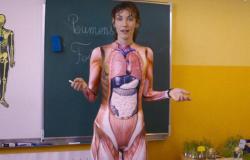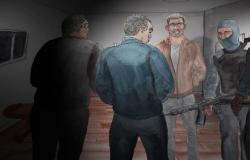
The National Institute of Archeology and Heritage, affiliated with the Ministry of Youth, Culture and Communication, announced that an international team found evidence of the “medicinal” use of herbs in the Pigeon Cave in Tafogalt, at archaeological levels dating back 15,000 years, published by the prestigious magazine “Nature.”
Abdel Jalil Bouzokar, Director of the National Institute of Archeology and Heritage, explained in a statement to Al-Youm 24 that these herbs are represented by a plant called “Ephedra” or “Al-Alandi,” whose fruits were discovered in an area of the cave.
The speaker stated that this plant is locally called “Al-Shadida,” and in ancient times it was intended for burying the dead according to certain funeral rituals that were known to human groups of the Upper Paleolithic third era, which was dated in Morocco between 22 thousand years ago and 7 thousand years ago.
The spokesman pointed out that this plant was discovered four years ago, but the matter was kept secret, because that required conducting a group of research and scrutiny regarding the quality and age of this plant, after sending this discovery to a prestigious scientific journal, and upon ratifying the results and the article. Scientific, the scientific team decided to announce this important discovery.
The same speaker pointed out that among the properties of this plant is its chemical composition, which helps in treating colds, especially stopping bleeding and relieving pain. It is also known that in the Pigeon Cave in Tafogalt, the oldest surgical procedure in the world was discovered, and it is also 15 thousand years old.
A group of researchers from the National Institute of Archeology and Heritage contributed to this discovery. They are Ismail Al-Zabani, a graduate of the institute and a doctoral student at the University of Las Palmas in Spain, and Abdeljalil Bouzokar, director of the institute and supervisor of research at the Pigeon Cave in Tafogalt, along with Louise Humphrey, a researcher at the Natural History Museum in London. Nicholas Barton is a research professor at the University of Oxford, and Jacob Morales is a research professor at the University of Las Palmas in Spain, in addition to Hassan Talbi, a research professor at the Mohammed I University in Oujda.





